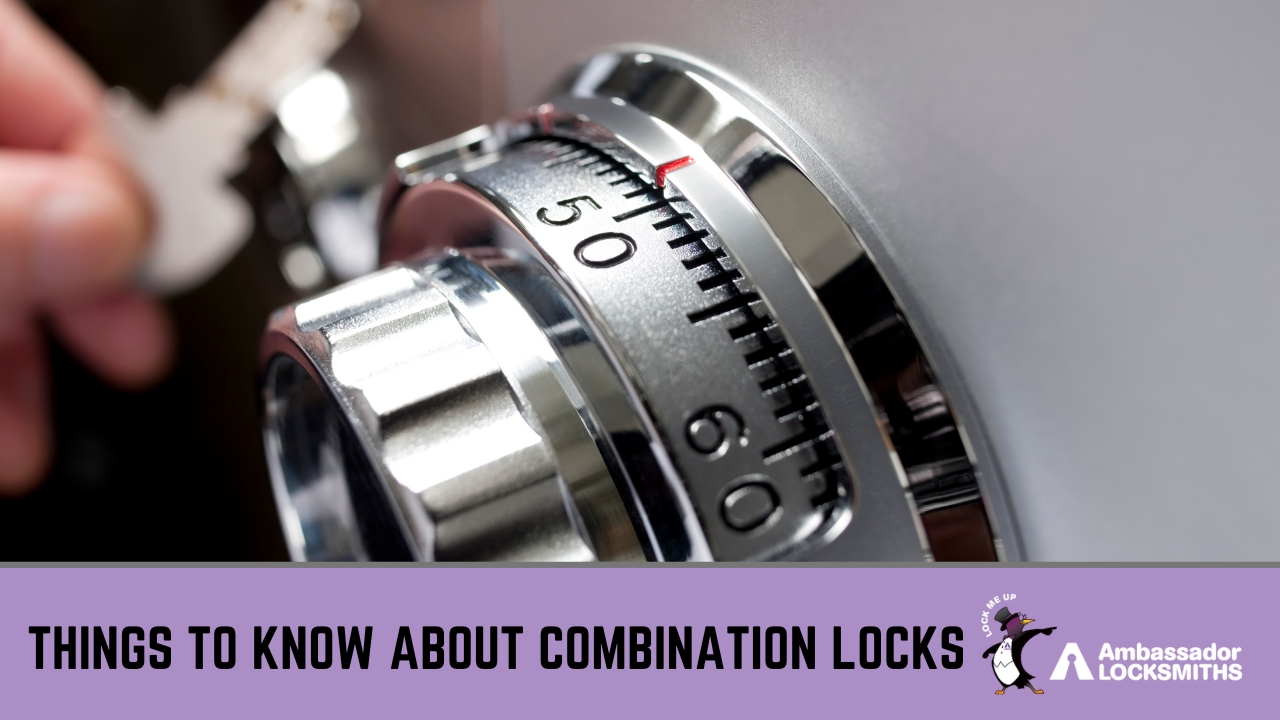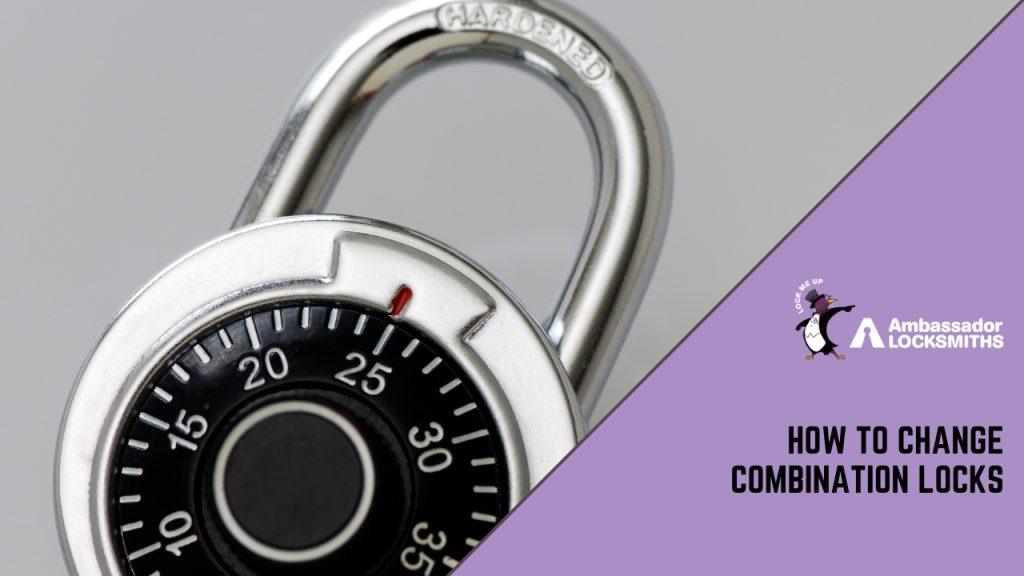Keeping property secure is a growing concern. The Australian Bureau of Statistics has reported that robberies and theft have increased for several consecutive years, highlighting the importance of reliable security measures according to national crime data. Many households and businesses rely on locks, but the type of lock chosen has a direct impact on how well valuables are protected.
The problem is that many people continue using old codes or outdated locks, which raises the risk of unauthorised access. Once a sequence becomes known, the lock no longer provides effective protection. This leaves belongings vulnerable, particularly in areas where property crime is more common.
A practical solution is to reset or update the code on existing locks. These locks are popular because they are convenient and remove the need for keys, with options ranging from simple dial mechanisms to advanced keypad systems.
Knowing how to update or replace a code helps ensure the lock continues working as intended. This guide outlines the main types available, their uses, and clear steps for changing codes when required.
Things to Know About Combination Locks
A lock that uses a code works differently from a standard keyed device. Instead of relying on a physical key, the mechanism aligns a sequence of internal parts according to numbers or symbols. When the correct sequence is entered through a dial or keypad, the lock disengages. This design makes it a common choice for securing items such as travel bags, lockers, and safes.
The concept has existed for centuries, with early designs evolving into the mechanical and digital models in use today in the history of combination locks. Modern versions include dial-based systems that require careful rotation to align notches, as well as keypad-based locks that rely on electronic input.
The appeal of these locks is that no physical key is needed. However, the level of protection depends on how the code is managed. Using predictable numbers, such as birthdays or repeated digits, reduces security. Resetting the code at regular intervals helps maintain protection and ensures the mechanism continues to function effectively.

Types of Combination Locks
Combination locks are available in different designs, each suited to specific uses and security levels. The most common types include
- Multiple dial locks are often used on travel bags, bicycle chains, and small padlocks. These work with rotating cams that align with indentations. They are simple to operate but provide only basic protection. Skilled individuals can sometimes detect clicks in the mechanism, making them easier to tamper with comparison of single and multiple dial locks
- Single dial locks are common on lockers, safes, and some padlocks. They require alternating clockwise and anti-clockwise rotations to enter a set sequence. They provide stronger protection than multiple dial models but can still be opened by experienced individuals who study the mechanism closely.
- Keypad locks are widely used in residential and commercial settings. They use numeric codes with electronic circuits, often supporting multiple user codes and activity logs. These models rely on battery power, so regular maintenance is required.
Each type is suited to different needs, and choosing depends on how valuable the item is and the level of protection required.
Changing Combination Locks
There are many reasons to reset or update the code on a lock. A sequence may be compromised, forgotten, or due for a routine update. Regularly changing the code helps reduce the chance of unauthorised access, particularly when valuables are involved.
The method depends on the type of device:
- Single dial reset involves turning the dial to the change position, usually at 1:00 or 11:00, inserting the change key if required, entering the new sequence, returning the dial to neutral, and testing three times.
- Multiple dial reset involves opening the shackle, rotating it 90 degrees, holding it down, setting new numbers on the dials, returning the shackle to its position, and testing three times.
For more detail, see this guide to changing a dial lock. Testing the new sequence after programming is essential to confirm the reset worked correctly.

Professional Help with Combination Locks
At Ambassador Locksmiths, we know changing a code on a combination lock is not always simple. Smaller padlocks are often easy to reset, but safes, entry locks, and digital keypads require more precise steps. Attempting to reset without the correct process can damage the lock or reduce security.
We assist customers across Newcastle and Lake Macquarie with all types of lock issues. Services include code resets, lock repairs, and keypad servicing. Our team is available 24 hours a day to manage lockouts and urgent security problems.
For direct assistance, contact us. Our qualified locksmiths are available day and night to restore access and maintain security.
FAQs about Combination Locks
Can a combination lock be repaired if it stops working?
Yes. Many mechanical and electronic models can be serviced. Repairs may involve cleaning worn parts, recalibrating the dial, or replacing internal components.
What should I do if my lock feels loose or inconsistent?
A loose dial or keypad often indicates wear inside the mechanism. Continued use may cause failure, so it is best to have the lock inspected or replaced before it jams.
Do all combination locks allow the code to be changed?
Not always. Some inexpensive padlocks have fixed sequences that cannot be reset. Higher-grade locks, such as safes or electronic models, usually include a reset function.
Is it safer to buy a mechanical or digital model?
Each has advantages. Mechanical locks are durable and do not require power. Digital locks allow quicker resets and multiple user codes but need battery maintenance.
Can a locksmith reset a lock without the original code?
Yes. A trained locksmith can reset most locks using specialised tools or manufacturer procedures without damaging the lock body.

